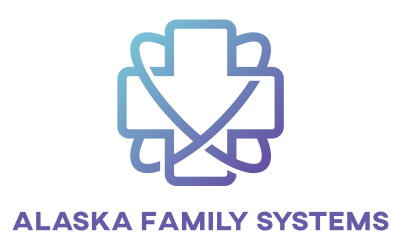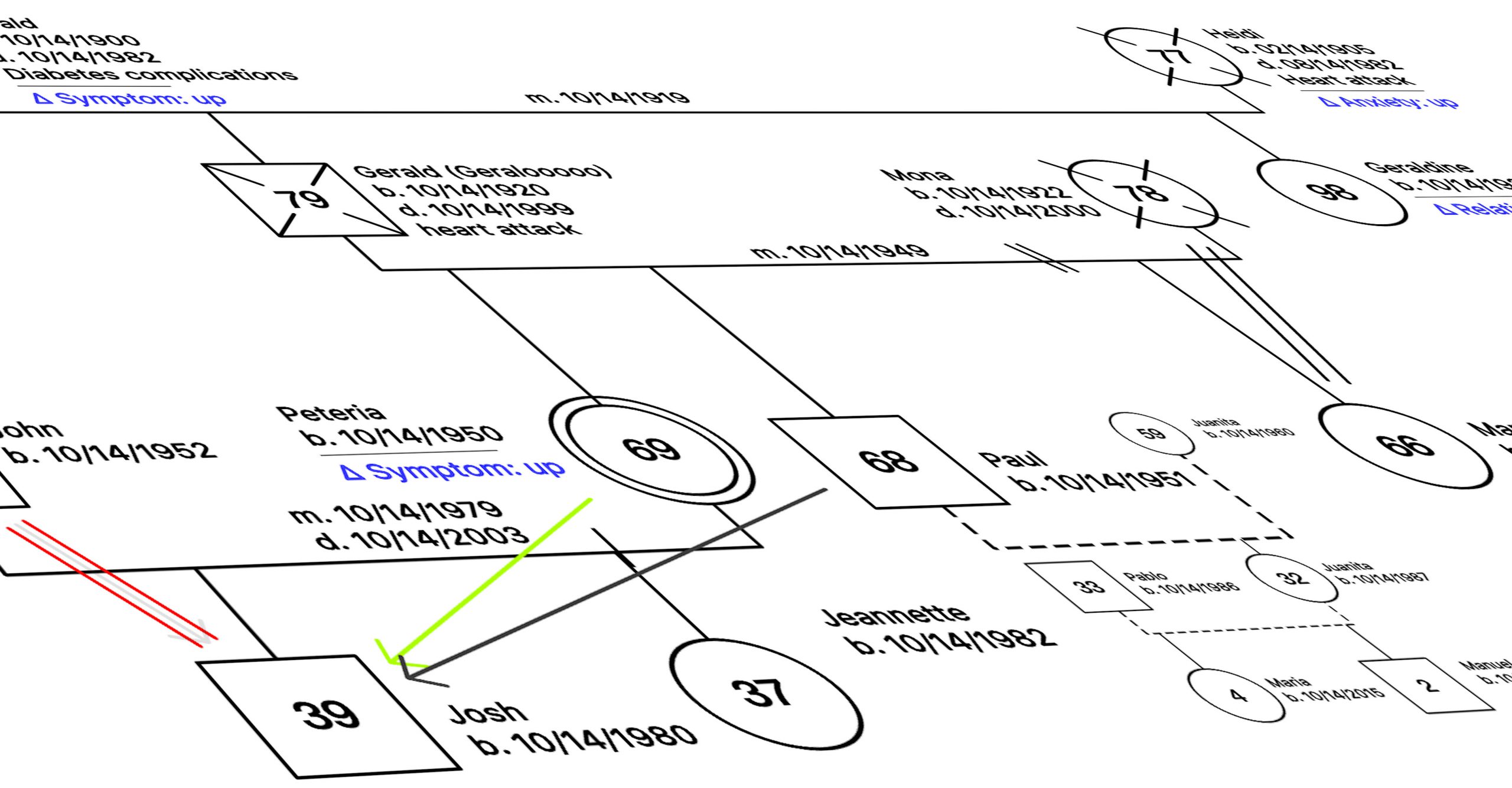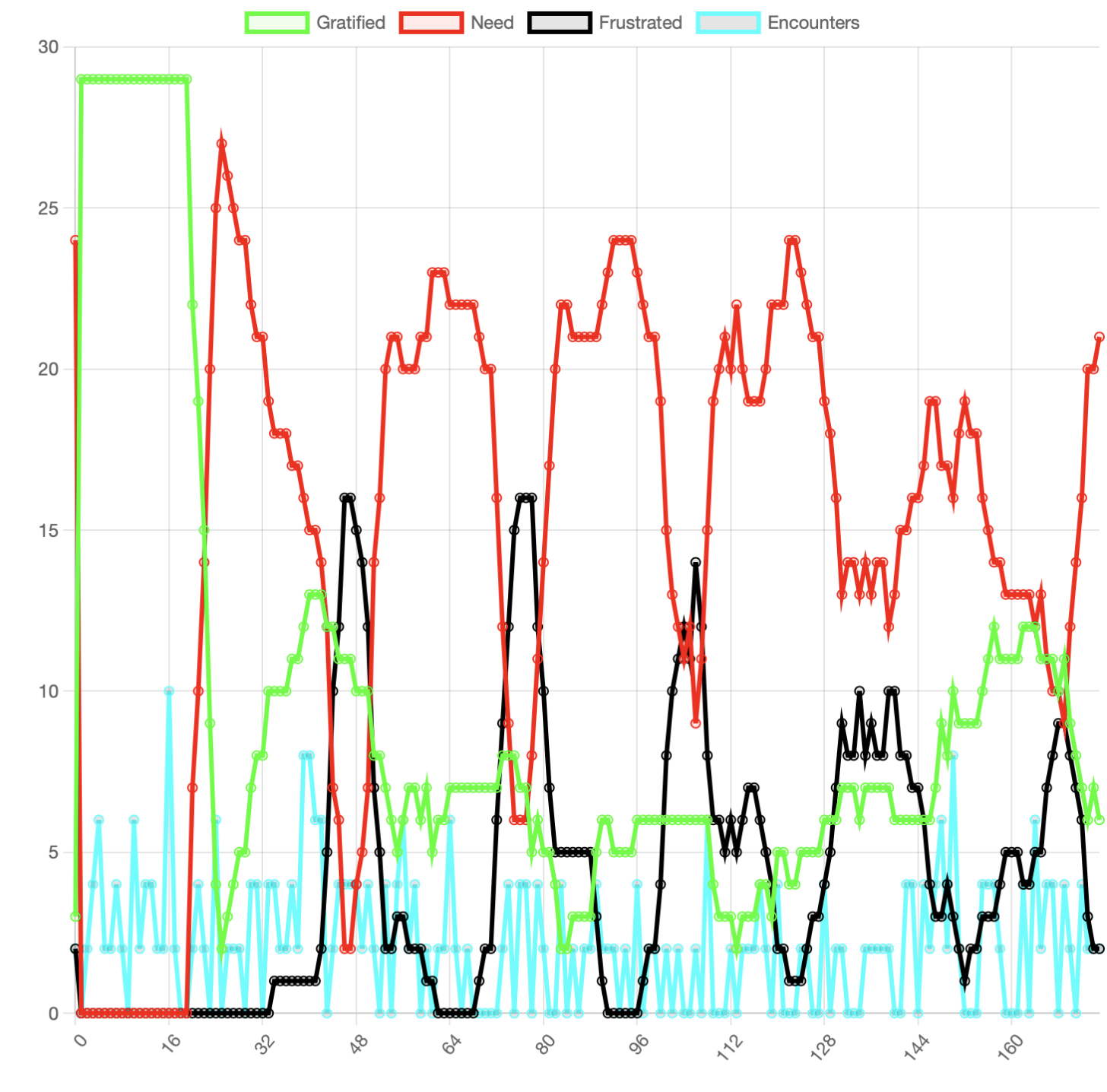There is a large cohort of professionals who use, or claim to use, Bowen Theory in their professional practice. However, there are many theoretical problems with this. Or rather, many unanswered questions.
This page is currently only a list of unanswered questions for unrelated work systems.
Projects
Working Paper: Key Questions for Unrelated Emotional Systems
This document is a starting point for filling the large academic gaps when applying Bowen Theory to unrelated emotional systems. It is a scratch pad that tracks key questions that must be answered for Bowen Theory and evidence for their answers.
https://docs.google.com/document/d/1GBzEBiy1YdX4rZYSKusjvY-i_oaH31ZTICkh5N6W0o4/edit?usp=sharing
Symbols for Diagramming Emotional Process
An end goal might be a set of symbols for diagramming emotional process in untreated emotional systems. Murray Bowen created the symbols for families and these symbols are represented just about verbatim in the Family Diagram app. But any new symbols must have some theoretical basis, which means they must be objectively trackable. Such theoretically sound diagram symbols would provide immense value to organizational coaches applying Bowen Theory.
As outlined in the working paper above, one question for creating symbols is what the structure of an unrelated work system is. Is it hierarchical? Is it a pure democracy? Is it a mix of the two? Does it change?
The structure of the family is hierarchical with the mother and child as the reproductive nucleus of the family (Papero, 1990). The biological pair-bond between a male and female marks the beginning of a new generation. All humans come from one mother and one father. Adoptions, new pair-bonds, etc. supplement this core structure.
The structure of unrelated work systems is not clear. Perhaps there is no structure. Perhaps the “structure” is merely a product of “culture” in the way that cultural mores dictate variations in family functioning as an overlay on the genetic theme described by Bowen Theory.
All of these questions must be answered before symbols can be created to diagram the structure and function of unrelated emotional systems.



